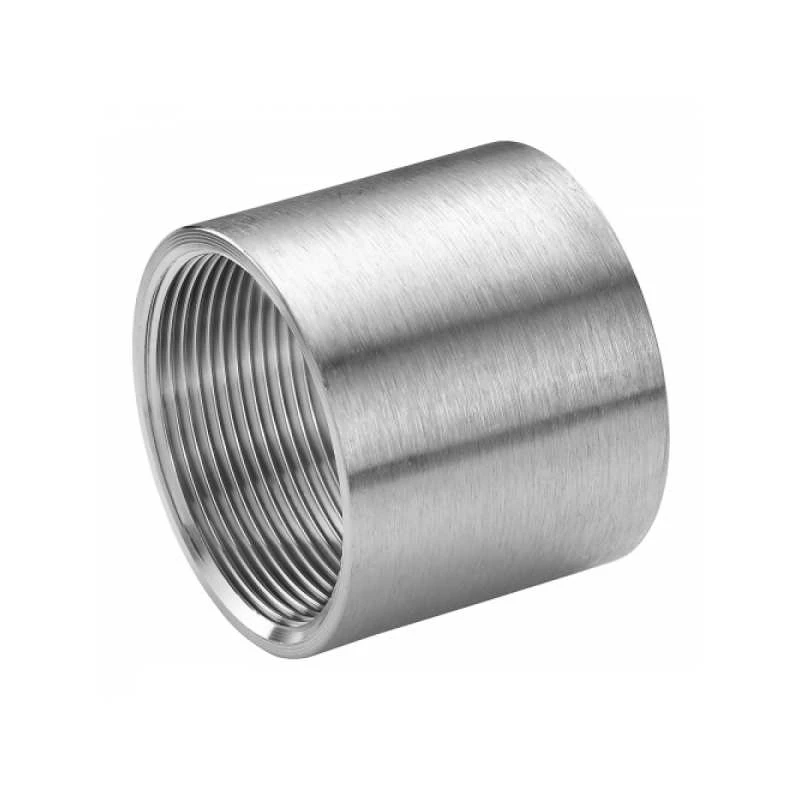-
Cangzhou Yulong Steel Co., Ltd.
-
Phone:
+86 13303177267 -
Email:
admin@ylsteelfittings.com
- English
- Arabic
- Italian
- Spanish
- Portuguese
- German
- kazakh
- Persian
- Greek
- French
- Russian
- Polish
- Thai
- Indonesian
- Vietnamese
- Zulu
- Korean
- Uzbek
- Hindi
- Serbian
- Malay
- Ukrainian
- Gujarati
- Haitian Creole
- hausa
- hawaiian
- Hebrew
- Miao
- Hungarian
- Icelandic
- igbo
- irish
- Japanese
- Javanese
- Kannada
- Khmer
- Rwandese
- Afrikaans
- Albanian
- Amharic
- Armenian
- Azerbaijani
- Basque
- Belarusian
- Bengali
- Bosnian
- Bulgarian
- Catalan
- Cebuano
- China
- China (Taiwan)
- Corsican
- Croatian
- Czech
- Danish
- Esperanto
- Estonian
- Finnish
- Frisian
- Galician
- Georgian
- Kurdish
- Kyrgyz
- Lao
- Latin
- Latvian
- Lithuanian
- Luxembourgish
- Macedonian
- Malgashi
- Malayalam
- Maltese
- Maori
- Marathi
- Mongolian
- Myanmar
- Nepali
- Norwegian
- Norwegian
- Occitan
- Pashto
- Dutch
- Punjabi
- Romanian
- Samoan
- Scottish Gaelic
- Sesotho
- Shona
- Sindhi
- Sinhala
- Slovak
- Slovenian
- Somali
- Sundanese
- Swahili
- Swedish
- Tagalog
- Tajik
- Tamil
- Tatar
- Telugu
- Turkish
- Turkmen
- Urdu
- Uighur
- Welsh
- Bantu
- Yiddish
- Yoruba

Nov . 20, 2024 17:03 Back to list
jis b 2220 flange
Understanding JIS B 2220 Flanges A Comprehensive Overview
Flanges play a crucial role in piping systems, acting as the critical connection points that allow for the assembly of various piping components. Among the many standards governing flange design and fabrication, the Japanese Industrial Standard (JIS) B 2220 provides a comprehensive guide specifically tailored for the construction and application of flanges within Japanese piping systems. This article aims to elucidate the key features, specifications, and applications of JIS B 2220 flanges.
What is JIS B 2220?
The JIS B 2220 standard defines the dimensions, tolerances, materials, and marking requirements for flanges used in piping systems across various industries. The standard is widely recognized in Japan and is becoming increasingly relevant in international projects, particularly for entities engaged in trade and construction with Japanese companies. By adhering to this standard, manufacturers and users can ensure compatibility, reliability, and safety within their piping systems.
Key Specifications
1. Types of Flanges JIS B 2220 covers various flange types including, but not limited to, flat face, raised face, and ring-type joint flanges. Each type serves specific applications and is chosen based on factors such as pressure, temperature, and the type of fluid being transported.
2. Dimensions and Pressure Ratings The standard outlines a series of dimensions for flanges that correspond to different pressure ratings, commonly ranging from 5K to 20K. These ratings indicate the maximum allowable working pressure at a specific temperature. For instance, a 10K flange is designed to handle higher pressures than a 5K counterpart, making it essential for engineers to choose appropriate flanges that meet operational requirements.
3. Material Specifications JIS B 2220 flanges are typically made from various materials, including carbon steel, stainless steel, and alloy steel, among others. The choice of material is influenced by the nature of the fluid, temperature, and environmental conditions. The standard stipulates the necessary material properties and corresponding heat treatment processes to ensure each flange’s integrity and longevity.
4. Marking and Identification Each flange produced under JIS B 2220 carries specific markings that include the manufacturer’s name, flange type, pressure rating, and material grade. This information is crucial for maintenance and quality assurance, enabling users to easily verify that the installed flanges meet the requisite standards.
jis b 2220 flange

Applications
The versatility of JIS B 2220 flanges allows them to be employed across a multitude of industries, including
- Oil and Gas In this high-pressure environment, where safety and reliability are paramount, JIS B 2220 flanges are utilized to connect pipelines and equipment, ensuring the secure transport of hazardous materials.
- Chemical Processing The standard flanges are also found in chemical plants where robust and corrosion-resistant materials are used to connect pipes that handle aggressive chemicals.
- Water Treatment JIS B 2220 flanges are essential in municipal and industrial water treatment facilities, providing secure connections for various treatment processes and ensuring water quality.
- Construction Flanges adhering to JIS B 2220 are also commonly used in building services, HVAC systems, and general plumbing applications, ensuring robust connections for various fittings.
Conclusion
JIS B 2220 flanges are vital components critical to the integrity and performance of piping systems in various sectors. By adhering to the standards outlined in JIS B 2220, industries can enhance the safety, efficiency, and reliability of their operations. As global standards and practices continue to evolve, understanding and implementing JIS B 2220 becomes increasingly relevant for engineers and manufacturers—ensuring that their projects not only meet local requirements but also align with international best practices. Whether for new installations or maintenance of existing systems, the importance of using correctly specified and manufactured flanges cannot be overstated, highlighting the significance of JIS B 2220 in the field of industrial piping systems.
Latest news
-
ANSI 150P SS304 SO FLANGE
NewsFeb.14,2025
-
ASTM A333GR6 STEEL PIPE
NewsJan.20,2025
-
ANSI B16.5 WELDING NECK FLANGE
NewsJan.15,2026
-
ANSI B16.5 SLIP-ON FLANGE
NewsApr.19,2024
-
SABS 1123 FLANGE
NewsJan.15,2025
-
DIN86044 PLATE FLANGE
NewsApr.19,2024
-
DIN2527 BLIND FLANGE
NewsApr.12,2024
-
JIS B2311 Butt-Welding Fittings LR/SR 45°/90° /180°Seamless/Weld
NewsApr.23,2024











